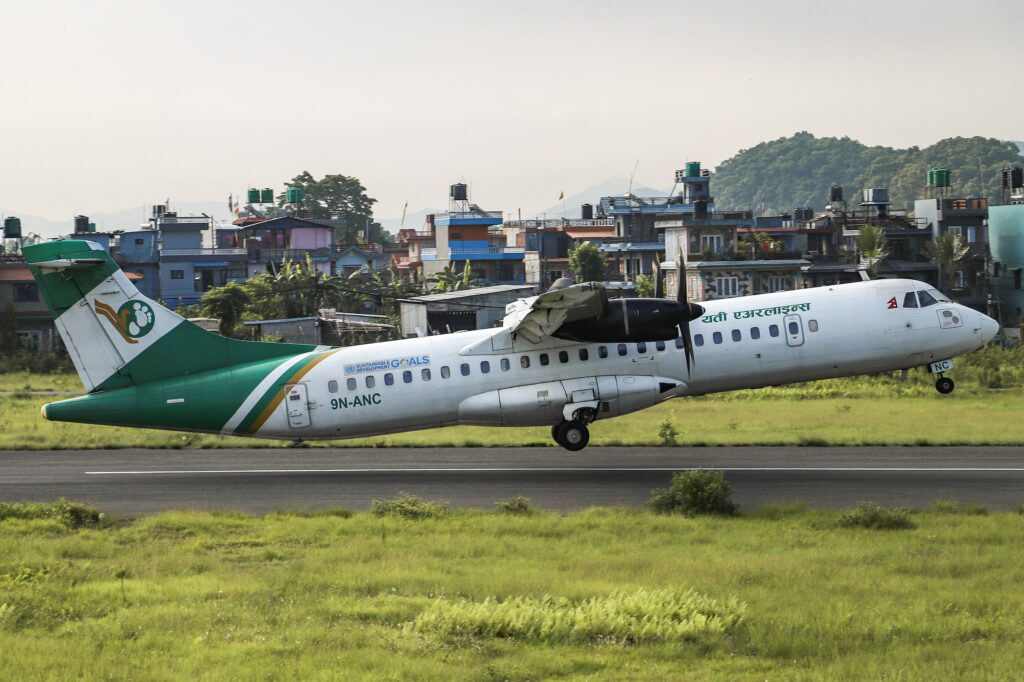LONDON – Nepal crash: An accident enquiry panel established by the Nepal government to look into the fatal crash of a Yeti Airlines regional flight has reported the aircraft had “no thrust” from its engines in the final approach phase.
On January 15, Yeti Airlines flight YT691 crashed while attempting to land at Pokhara Airport in Nepal. The aircraft, a twin-engine turboprop ATR72-500 had been on a scheduled flight from Kathmandu with 68 passengers and four crew members on board.
All occupants of the passenger flight died when the aircraft crashed during the final phase of its approach to the newly opened Pokhara International Airport.
Video footage which subsequently surfaced on social media captured mere seconds of the aircraft’s final moments and showed the aircraft entering a steep left-hand bank and descent.
Recovery teams at the accident site subsequently recovered the Cockpit Voice Recorder (CVR) and Flight Data Recorder (FDR) which were sent to the Transport Safety Investigation Bureau (TSIB) in Singapore for analysis.
Latest findings
The accident investigation commission investigating the Pokhara crash have now issued a press release which advises some early information from their FDR and CVR analysis.
The statement firstly notes the participation of TSIB Singapore, BEA France, TSB Canada, Pratt & Whitney Canada and EASA in the investigation.
The analysis of what it characterises as “technical and human aspects” were also studied in an ATR simulator in Singapore by the investigation panel.
The statement relevantly notes that “it appears that the propellers of both engines went into feather on the base leg during the landing of the crashed 9N-ANC ship.”
The commission has carried out further investigation into both the technical and human aspects to assess why both of the engines were in the feathered condition.
The statement concludes that whilst the final report may take some time and preparation, a preliminary report is being prepared to provide advice on interim safety recommendations and protective measures.
What is Propeller feathering?
Put simply, propeller feathering allows the propeller blades to be turned “side on”, or parallel, to the oncoming airflow.
This results in a significant reduction in drag – caused by the idle propeller ‘windmilling’ in the oncoming airflow – when an engine is inoperative.
The feather setting would typically be used in flight in the event of an engine failure. On the ground, propeller feathering would be used as part of the engine shutdown process.
As per the statement made by the investigation commission, both the technical and human aspects will now be considered to determine why both engines were in the feathered condition during the approach phase.

Last month’s ATR72 crash is Nepal’s worst aviation accident since 1992, when 167 occupants of a Pakistan International Airlines Airbus A300 lost their lives when the aircraft crashed in Kathmandu.









